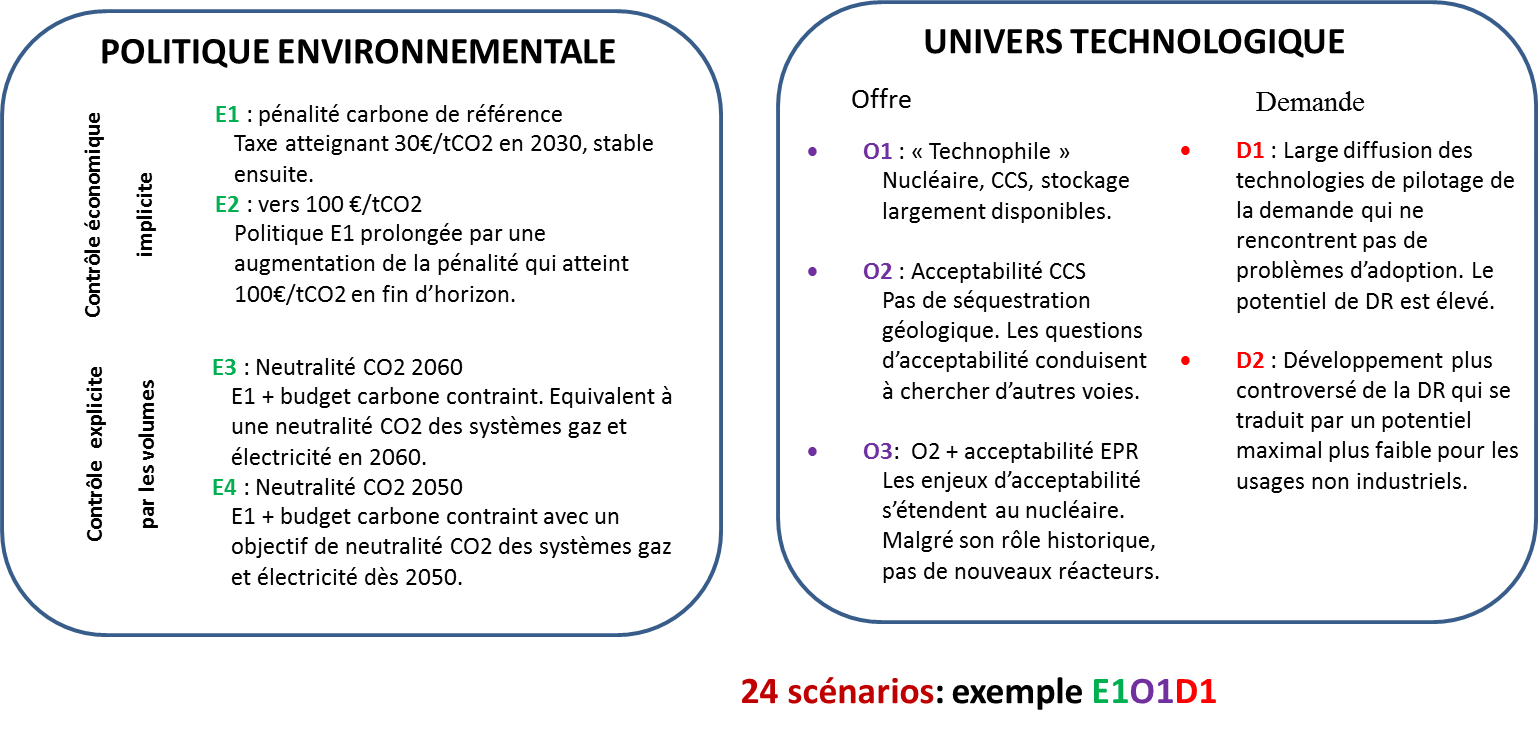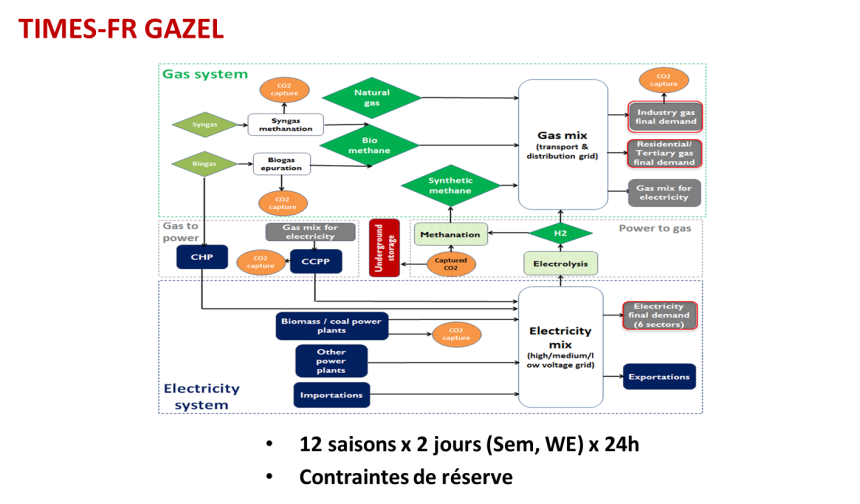Project manager at the CMA
Project type
Partners
- ARMINES (CMA and CES Mines Paris – PSL)
- IZUBA énergies
- École des ingénieurs de la ville de Paris (EIVP)
Publications as part of the project
- Charlotte Roux, Patrick Schalbart, Edi Assoumou, Bruno Peuportier. Integrating climate change and energy mix scenarios in LCA of buildings and districts. Applied Energy, 2016, 184, pp. 619-629. ⟨10.1016/j.apenergy.2016.10.043⟩. ⟨hal-01450183⟩
- Marie Frapin, Charlotte Roux, Edi Assoumou, Bruno Peuportier. Modelling long-term and short-term temporal variation and uncertainty of electricity production in the life cycle assessment of Buildings. Applied Energy, 2021, ⟨10.1016/j.apenergy.2021.118141⟩. ⟨hal-03442141⟩
Project description
The building sector alone accounts for almost half of total energy consumption in France, and two-thirds of electricity consumption. Improving the accuracy and relevance of the assessment of the environmental impact of buildings is therefore a real challenge. The overall aim of the ACVs Énergies project is to propose methodological improvements for the life cycle analysis (LCA) of buildings and to encourage their adoption by implementing them in a widely distributed software tool.
The ACVs Énergies project is funded by ADEME and carried out by four partners ARMINES-CES, EIVP, ARMINES-CMA and IZUBA Énergies. This document focuses more specifically on the prospective dimension of the project and the analysis of energy systems upstream of built-up areas. Over a 50 to 80 year timeframe, which is the timeframe for the LCA of buildings, most electricity production, transformation and distribution installations will reach the end of their life and will be replaced by other means of production. A building will therefore have several electricity mixes.
The interactive visualisations on this page provide an overview of the 24 scenarios defined to date for this study. Each scenario combines two dimensions (Figure 1): the nature of the environmental policy and the limits of the assumed technological universe. From a methodological point of view, the TIMES-FR GAZEL.V2 model (Figure 2) has been extended for this study and used as a tool for jointly optimising the future trajectories of the gas and electricity systems.


LCA and prospective issues relating to emissions trajectories
Global dashboard: electricity mix, gas mix, installed capacity, emissions
The dashboard below allows you to explore the evolution of the electricity mix, the gas mix, installed capacity and emissions simultaneously. Selecting a combination of ‘key dimensions’ from the menu on the right modifies the graphs.


